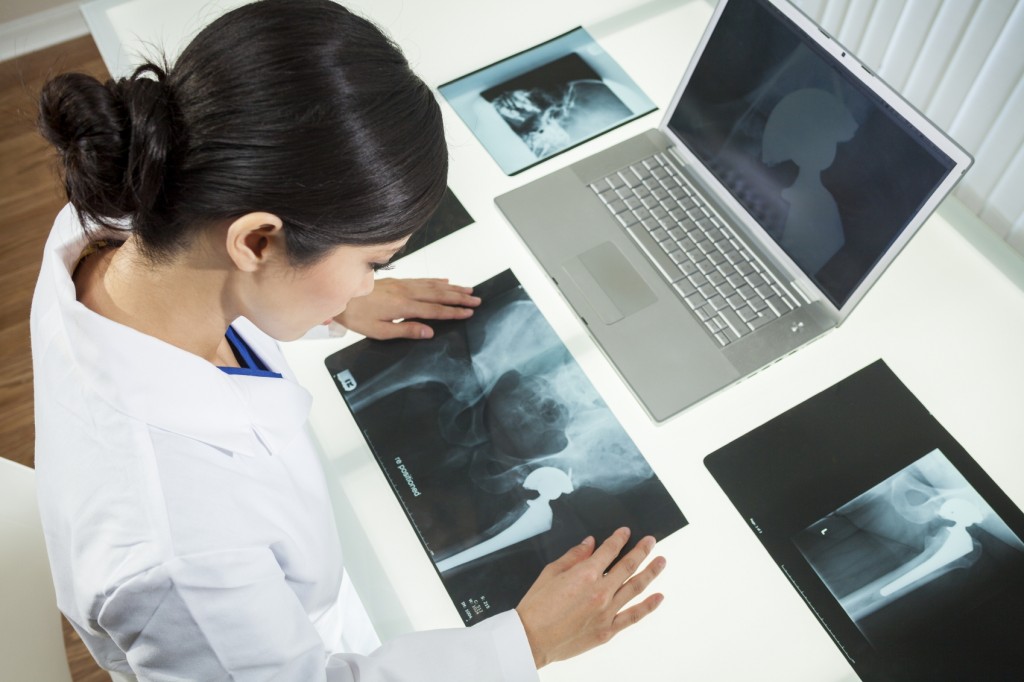Engineering in Medicine: What Does the Future Hold?
Needless to say, here at European Springs Ireland, we are passionate about the field of engineering, and the many ways it can impact for positive progress and overall benefit to humankind. Nowhere is this more evident than in the world of medical research.
Therefore we were thrilled to learn about the pioneering work being done by engineering researchers at the Polytechnique Montreal Nanorobotics Laboratory. Here, tests on mice with colorectal tumours have successfully used natural nanorobotic agents to travel through the bloodstream and target those cancerous tumours.
This precision injection method does no harm to healthy tissue and significantly reduces the toxic effect of strong drugs on the rest of the body.
How Do The Nanobots Function?
Self-propellent force is created by composition of millions of flagellated bacteria. The force is strong enough to allow travel by the most direct path deep into the area requiring treatment. On entering the tumour, the nanorobotic agents detect the hypoxic (oxygen deficient) zones and release the drug. Hypoxic zones are prone to being oxygen starved by aggressive cancer cells, and even radiotherapy has not been able to effectively reach them.
How Do They Navigate?
The travelling bacteria move in the direction of a magnetic field, controlled by computer, steered by a chain of magnetised nanoparticles. They are assisted by a sensor measuring the oxygen concentration levels, and this guides them to the worst affected areas, and allows them to remain there.
What Are The Future Implications?
The most exciting prospect is that chemotherapy, known to be destructive to the whole body, could use these nanorobots to target areas of disease. This would radically reduce harmful side effects and potentially prove more therapeutic. It also means drug doses for humans could be substantially reduced. Sylvain Martel, who has been leading this research, believes that this new innovation with nanotransporters could lead to more advances in engineering for medical intervention methods.
Bacteria Can Replicate Artificial Nanorobots
The breakthrough in this use of bacteria opens the way for more research possibilities. It begs the question of what other agents could be synthesised for such therapeutic ends. Any discovery which challenges the toxic misery caused by chemotherapy is very exciting news indeed.
If, like us here at European Springs, you are inspired by the possibilities for future engineering progress in medicine and other areas, why not get in touch? We are always open to new collaborations and would love to share your enthusiasm and ideas. Contact us today to find out how we can help you!

